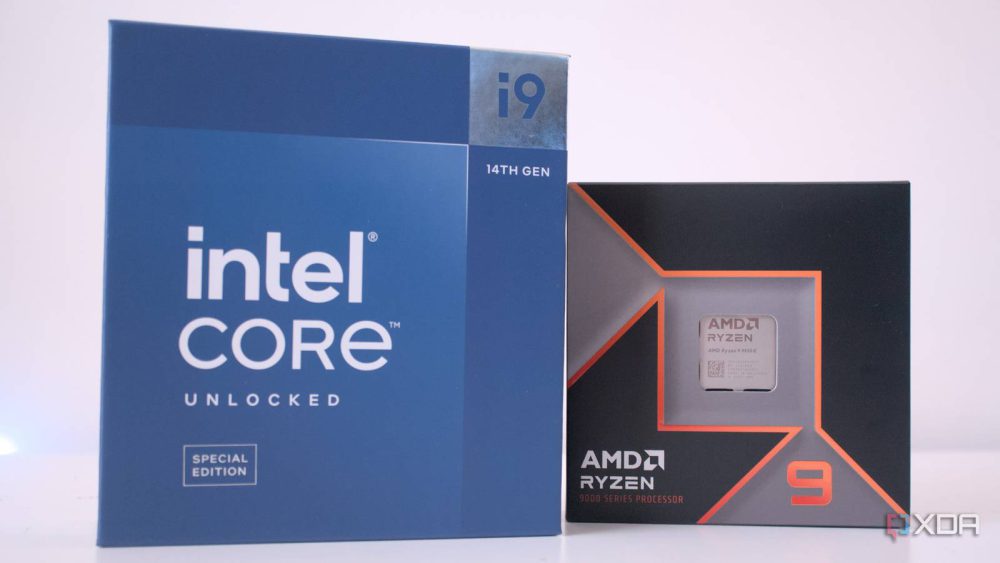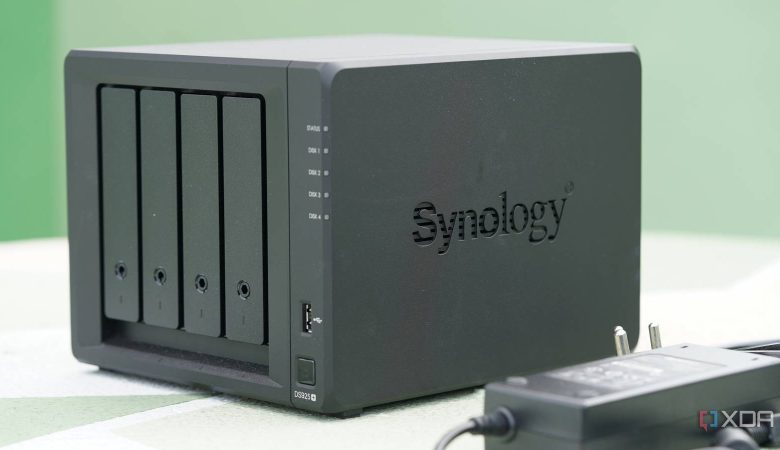For the longest time, a few PC hardware realities seemed like eternal truths — Intel made the fastest gaming CPUs, Nvidia was the only real option for ray tracing, and $700 GPUs got you the best gaming performance. In the last three years, however, a lot has changed in the world of PC hardware. GPU pricing is out of control, AI has taken center stage, Intel and AMD have switched roles, and we have three GPU players instead of two. Most of these new realities would seem shocking to someone from 2021.
5
$1,000 GPUs becoming the norm
Not just the flagships
It wasn’t until 2022 that we saw Nvidia’s 80-class GPUs touch the $1,000 mark. Sure, the 90-class cards were priced like luxury products before that, but 2022 was when Nvidia truly normalized $1,000 GPUs for consumer gaming GPUs. AMD came out with the $1,000 RX 7900 XTX, and consumers were made to believe it was okay to pay this much for a graphics card.
The worst part is that this isn’t limited to GPUs with $1,000+ MSRPs. Paper launches and inflated prices meant that even $750 GPUs were regularly selling for over $1,000. It’s nearly impossible to rewind the clock once the market is accustomed to a higher price ceiling. The jump from the RTX 30 to RTX 40 series was substantial, but the same can’t be said for the current generation of Nvidia GPUs. We’ve been forced to pay premium pricing for products that don’t feel premium anymore.
4
AI being front and center in gaming GPUs
What about raw hardware gains?
If you’re new to PC gaming, using tools like DLSS, FSR, and XeSS might seem pretty normal. However, the prevalence of AI in GPU performance was much less before the launch of the RTX 40 series. Upscaling was already a thing before that, but when Nvidia debuted frame generation with the RTX 40 series, it was clear that the company’s AI DNA had permanently seeped into its gaming division.
With the RTX 50 series, 2x frame generation gave way to 4x frame generation, and the importance of raw generational gains was forgotten. AMD’s RX 90 series finally adopted AI and ML fully into its hardware stack, and so did Intel with its Arc Battlemage graphics cards. Instead of providing gamers with more hardware grunt every generation, GPU companies are squeezing more performance out of AI-powered frames, and the results have been far from ideal.
It’s not for nothing that gamers are feeling like they’re paying more for software instead of hardware. And the “fake frames,” as many call them, have tons of problems in terms of latency and artifacts. The tech will, no doubt, be refined with the next generation of cards, but it seems we might have reached the end of hardware-driven performance gains.
3
Intel launching true budget GPUs
And the only company doing so
When Intel’s Arc Alchemist GPUs came out in 2022, no one had high hopes for what the company would do next. Performance was subpar, power consumption was high, and the driver situation was a mess. Its Battlemage GPUs, however, were about to change everything for the better. The Arc B580 became an instant hit, thanks to its performance per dollar, and significantly improved ray tracing and upscaling performance.
The company that didn’t even exist in the discrete GPU conversation is now the only one with a truly phenomenal budget GPU. The $250 Arc B580 (when you can get it at MSRP) is perhaps the only option for gamers who can’t afford to spend even $50 more on a graphics card. And why should they? Back in 2019, $200–$250 GPUs were enough for decent 1440p gaming. That’s what we need to revive the budget GPU segment, and Intel seems to be the only one committed to doing that.
2
AMD offering competitive ray tracing performance
From underdog to a genuine rival
AMD being inferior to Nvidia in ray tracing performance had become a constant before Team Red launched its RX 90 series GPUs. With RDNA 4, the company finally committed to disproving the naysayers, offering gamers a genuine alternative as far as affordable ray tracing GPUs were concerned. GPUs like the RX 9070 XT and RX 9070 are still behind cards like the RTX 5070 in some ray-traced games, but the difference has reduced a lot.
From being a strict no-no for gamers who valued ray tracing to becoming a solid alternative to NVIDIA, AMD’s journey has been impressive. I’m excited to see what AMD does in 2026 with its next-gen GPUs, considering they now have a great new foundation in RDNA 4. No one could have predicted the kind of leap we saw with RDNA 4 and FSR 4, and now that we’ve seen it, we only want more.
1
Intel CPUs becoming the worst option
How the turntables
The recent and ongoing fall of Intel will be studied for years, but the most interesting aspect about it is how unexpected it was. Up until the launch of the Ryzen 7 5800X3D in 2022, Intel was the leader in gaming performance. AMD’s new Ryzen CPUs had five years under their belt, but still failed to outclass Intel chips in gaming. That changed with the 5800X3D gaining a small lead over the Core i9-12900K. The next-gen Ryzen 7 7800X3D comfortably beat every other CPU on the market.
Intel never recovered after that, and the Ryzen 7 9800X3D further widened the gap in gaming. Intel had bigger problems to deal with anyway. The company’s 13th and 14th Gen Core lineup was facing a voltage bug that wreaked havoc on consumer systems and the stock price. The Arrow Lake CPUs turned out to be slower than their predecessors, and Intel CPUs have now become the worst option for almost every use case, gaming or otherwise.
Intel is still a giant in the CPU space, but things haven’t looked this bad for the company in ages. From being the top dog to a distant second choice, Intel needs to do something big to recover its fortunes. I hope Nova Lake is good enough to cope with whatever AMD’s cooking for the next generation.
What shifts does 2026 have in store for PC hardware?
We might get new desktop CPUs from both Intel and AMD in late 2026, and there’s still more to look forward to in 2026. Nvidia and AMD might launch their next-gen graphics cards in late 2026, too, a bit earlier than previously thought. I expect big things from Intel, AMD, and Nvidia in 2026, especially after the disappointing Arrow Lake, Zen 5, and RTX 50 series launches this generation.













دیدگاهتان را بنویسید